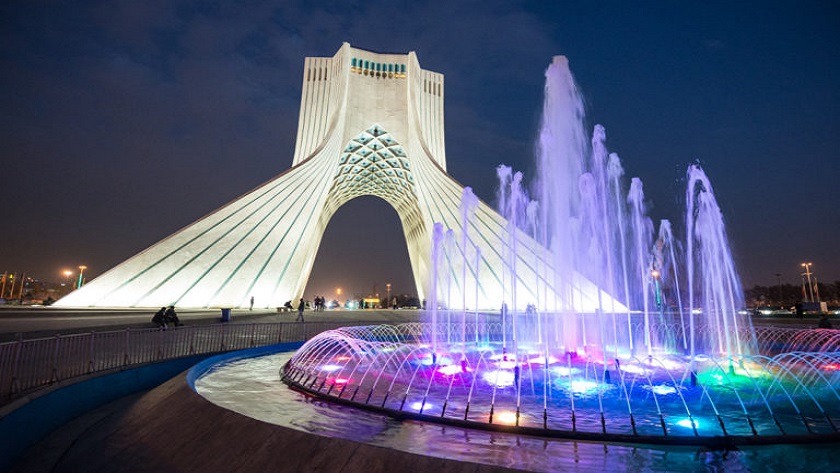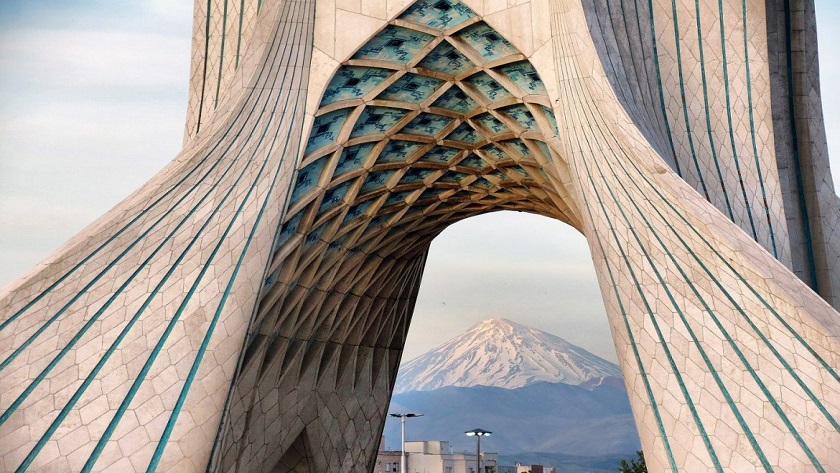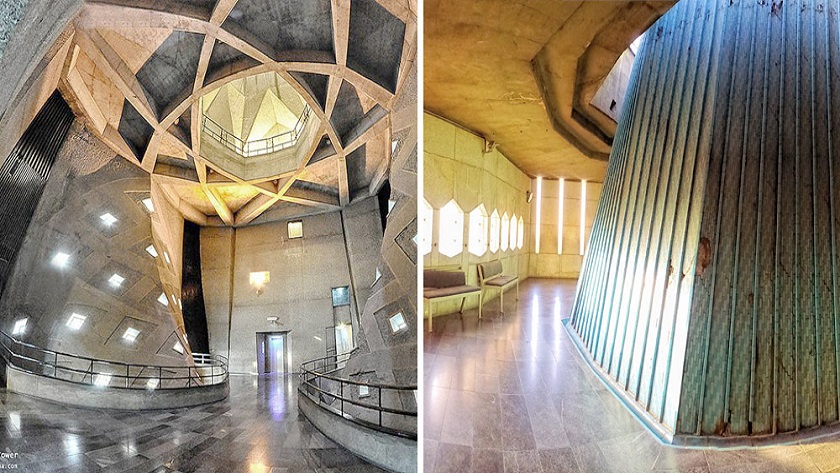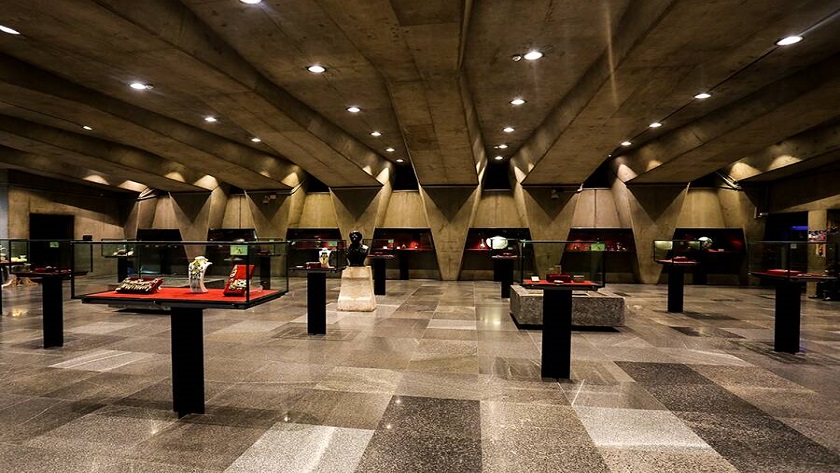Iran Press/ Iran News: Azadi Tower is one of the symbols of the great Tehran city. Laconic, simple forms of snow-white marble structure rise on the hill in the west part of the city. Memorable architecture made the tower on the list of top Tehran attractions.
As Hossein Amanat describes his creation, Azadi Tower “starts from the ground and stretches to the sky”. This is how the architect saw the history and destination of Tehran. Remarkably, the monument represents a strong connection between past and future, history and ambitions, culture, and progress. Azadi Tower became an indispensable feature of the city landscape.
 Azadi tower at night
Azadi tower at night
History of the Azadi Tower
The Azadi Tower (literally the "Freedom Tower" or "Liberty Tower"), built in 1971 in commemoration of the 2,500th anniversary of the Persian Empire, is a monument in Tehran, marking the west entrance and one of the symbols of the city.
Azadi Tower (Borj-e Azadi) is Tehran’s most significant visual icon. Being located at the western gate of the city nearby Mehrabad Airport (the former Tehran International Airport), Tehran Azadi Tower used to be a welcoming landmark to foreign tourists and politicians. The tower has been visited by almost all Iranians due to its importance and magnitude; that is the reason the Azadi monument is regarded as the main symbol of Tehran, besides the Milad Tower.
 Azadi tower is under construction
Azadi tower is under construction
These days, however, one of the only politically inspired events to take place at this site is the annual celebration of the 22nd of Bahman (February 10th), which commemorates the anniversary of the 1979 Islamic Revolution. On this day, Iranians march from all parts of Tehran, eventually convening at this square.
Read More: Shiraz's seven-colour tile; jewel of Iran's Islamic era architecture
Azadi Tower Architectural Features
Azadi Tower, a modernized urban symbol, is a combination of pre-Islamic era architectural features of Sasanid and Achaemenid era arches and vaults, and Islamic architecture elements, making it magnificent and unique construction. During the design procedure, tremendous attention is paid to constructive details, including the layout of the façade block stones. It is said 46,000 polished and processed blocks of stones are used to finish the façade.
 High quality marble stones from Isfahan used in Azadi tower
High quality marble stones from Isfahan used in Azadi tower
The 165ft (50-meter) tall skeleton is clad in 8,000 blocks of white marble from Esfahan that are cut into various geometric patterns. It marks the west entrance to the capital city and stands on a 540,000sq ft (50,000sq meter)
The main vault in the middle of the tower symbolized the Sasanid monument Taq Kasra, and the upper interrupted arch is inspired by Islamic architecture. Geometric structures filling the space between these arches are inspired by Iranian mosques dome design.
 Interior of Azadi tower used as library and museum
Interior of Azadi tower used as library and museum
The internal space of the tower includes an upper floor under the main vault, and the other under the dome, both accessible by lift. The upper floor is designed to be an art gallery, and the dome is covered by white concrete. In this dome, Iranian Muqarnas is applied in a new shape, covered by chromatic and turquoise color mosaics.
Read More: Naqsh-e Jahan Square of Isfahan; eye-catching Iranian art, architecture
 Azadi tower's museum hosts artistic artifacts
Azadi tower's museum hosts artistic artifacts
Azadi Tower Museum
The famous museum is located on the basement floor, including various articles of different eras such as BC, Achaemenian, Parthian, or even the Sassanian periods and the Islamic era. These articles contain worthy artifacts that ancient Iranians used in everyday life; Things such as metal vessels, paintings, and carpets. Since this museum includes furniture from a broad variety of eras, it is also known as the “Tarikh e Advar” Museum which literally means the museum of the eras’ history.
 Azadi tower is a significant political landmark
Azadi tower is a significant political landmark
Political significance
Historically, political demonstrations have taken place against the backdrop of Azadi Tower, a solemn onlooker. These days, however, one of the only politically inspired events to take place at this site is the annual celebration of the 22nd of Bahman (February 10th), which commemorates the anniversary of the 1979 Islamic Revolution. On this day, Iranians march from all parts of Tehran, eventually convening at this square.
Read More:
3d lighting of Tehran's Azadi Tower with theme of Martyr Qasem Soleimani
Solidarity of Iranian nation appears on Tehran Azadi Tower in images
Video mapping performed on Azadi Tower to mark month of Muharram
Ashkan Salehian

